
4-Xtremes – Part 34: A change of course and worrying about Aimée
Series: 4-Xtremes – The World Tour
Andrea and Mike view the world’s only nuclear missile base that is accessible to the public. Then follows an unplanned turn of events and Aimée falls ill.
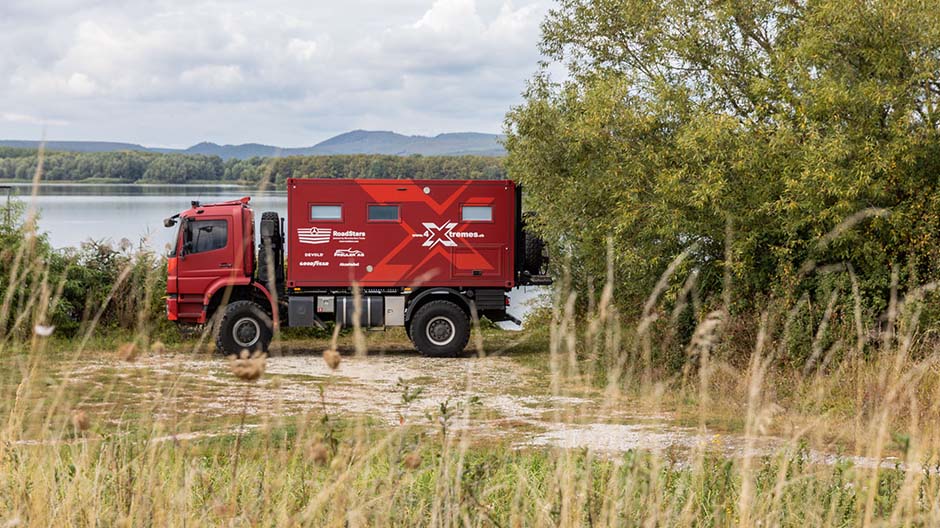
We had exactly 30 days for Ukraine – much too short a time for such a large country in which there is an incredible amount to see. And at the end of that yet another surprise awaited us – and as a result we are now not in Russia as planned but back in Hungary.
So we’re all the more delighted with the exciting impressions in Ukraine. Such as our visit to a nuclear missile base – a unique opportunity the world over! After the break-up of the Soviet Union, Ukraine joined the nuclear Non-proliferation Treaty in 1994 and declared itself to be nuclear weapon-free. As a consequence 30 of the 40 bases were destroyed. One of those still in existence is “ours”, north of Pervomaisk, which is now a museum and open to the public.
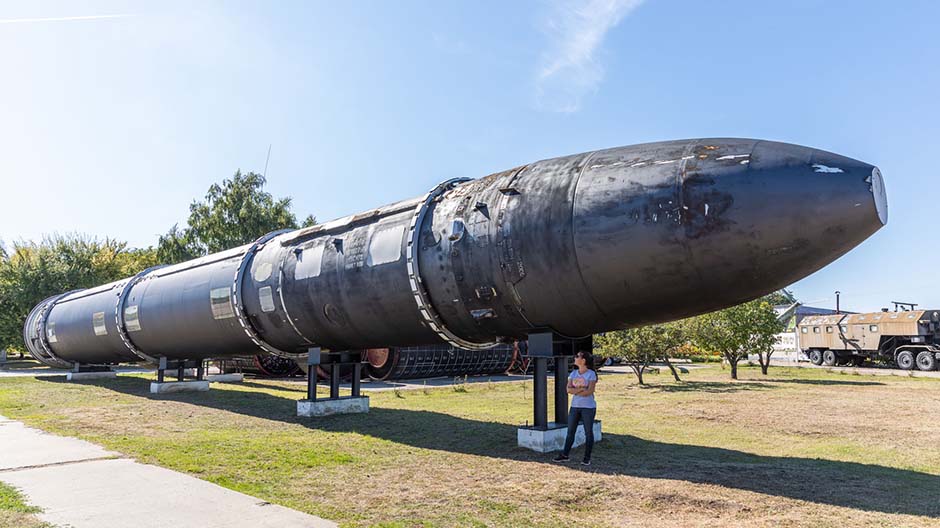
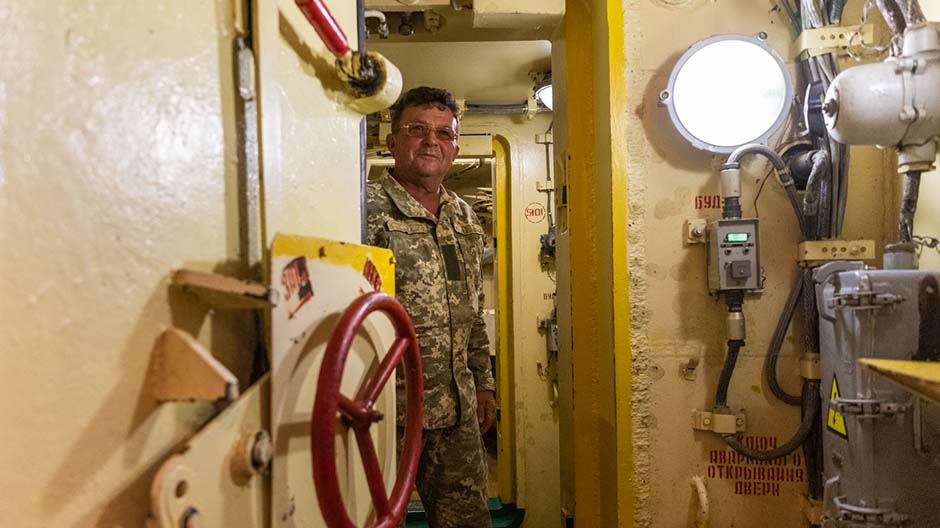
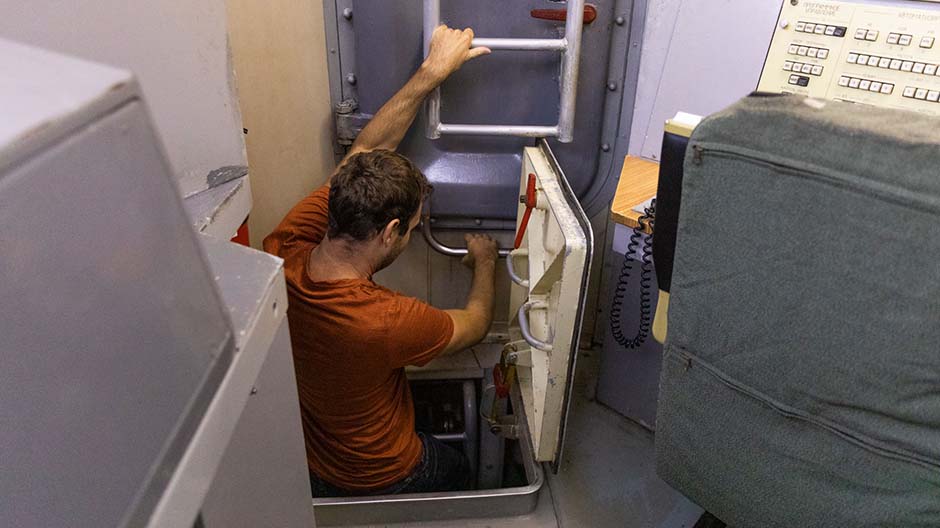
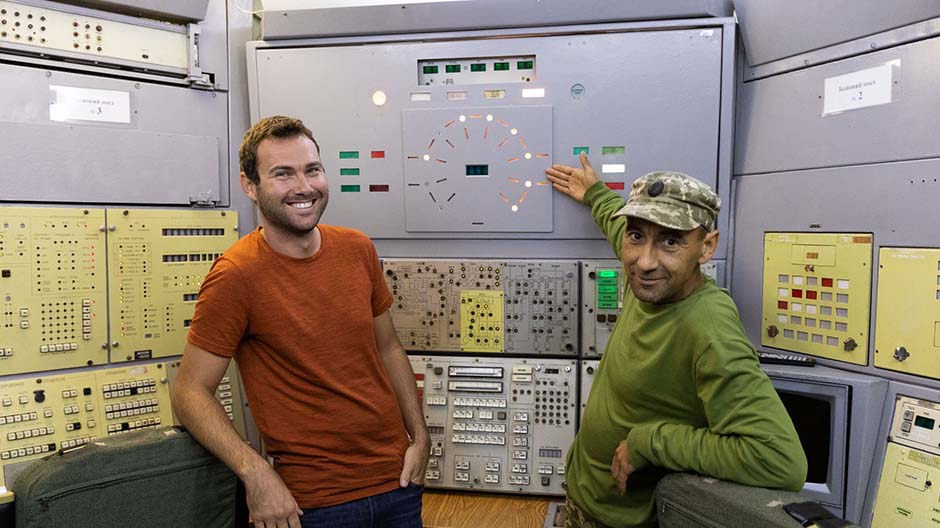
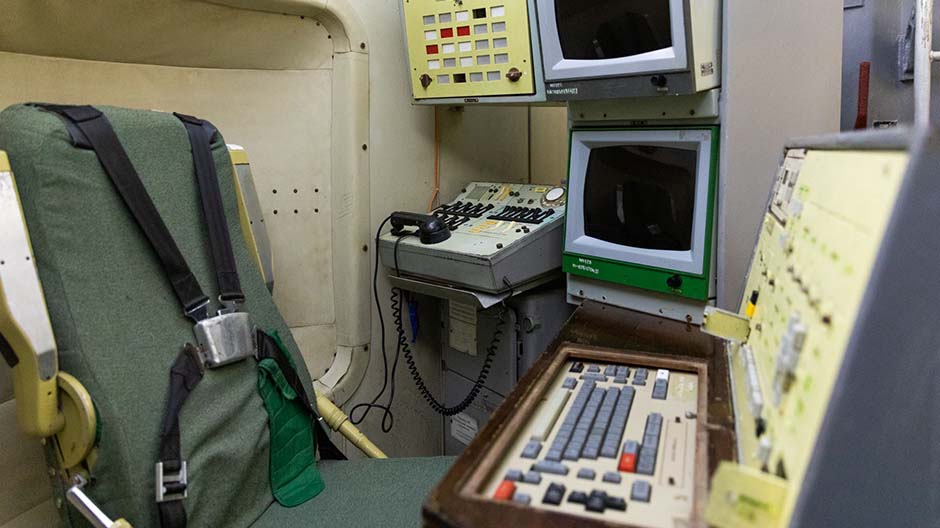
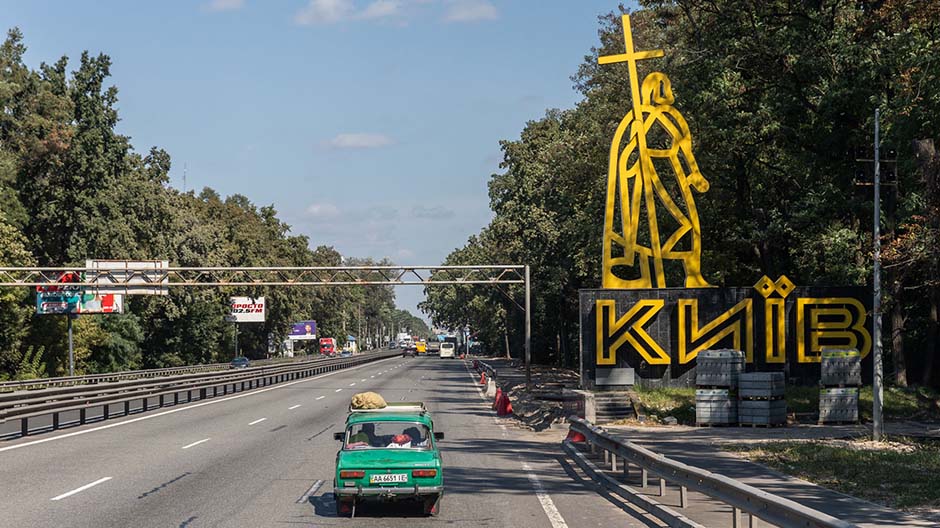
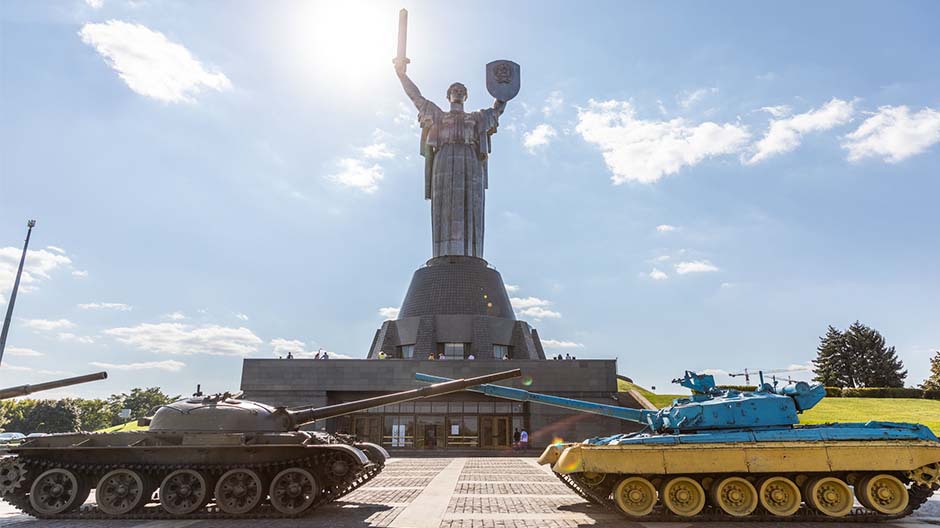
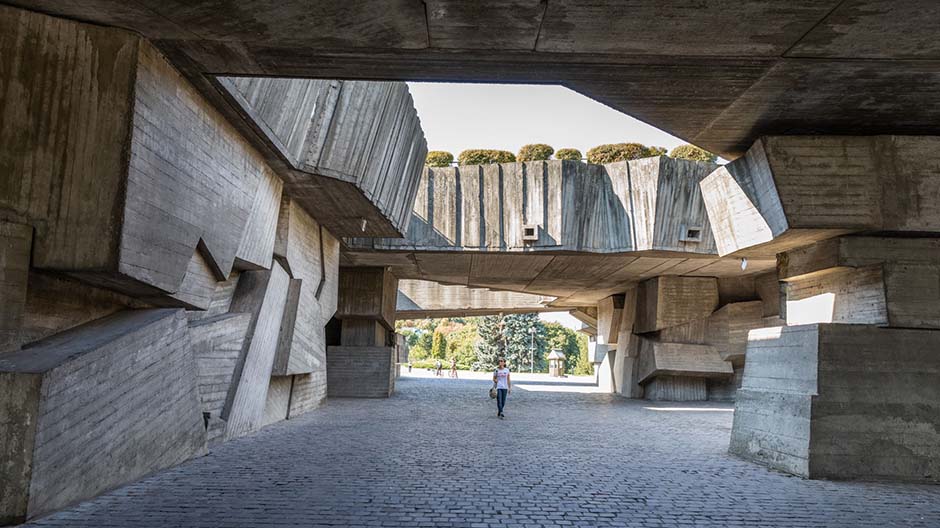
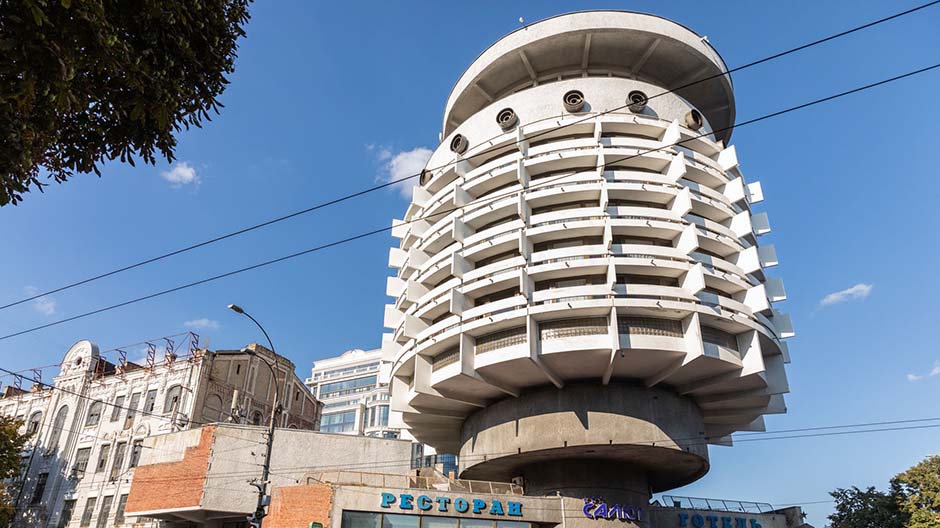
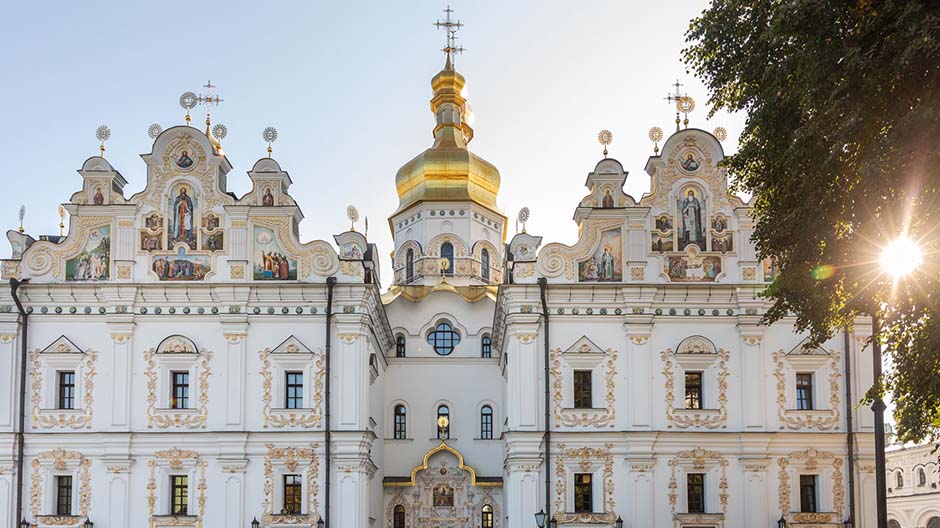
Only the press of a button away from a catastrophe.
The command centre is located in a silo, 30 metres below ground level – together with the all-important red button. However, the person who pressed the button would never have known which part of the Earth would be destroyed as the bomb’s target would have been programmed elsewhere. We also learn that a type of sensor is located next to each nuclear missile base and should there be an attack the nuclear missile is started automatically. This then triggers the next nuclear missile and so on – the consequences don’t bear thinking about.
The name of the missile is very telling: SS-18 Satan. Equipped with ten nuclear warheads, it had a range of 10,000 kilometres and was the largest inter-continental missile to be built and put into service during the cold war. We are told all of this by a retired soldier who is our guide on the tour of the complex and who speaks perfect English. We spend another night in front of the museum and then it’s off to Kiev which is not far away.
And yet another change of plan.
After a stopover in this huge city which is much too short, we hurry in order to leave the country on time. Russia should have been our destination. However we assumed wrong.
After several discussions with various embassies and government offices it is finally clear that as we are Swiss we still aren’t allowed to cross the border. And as we can’t really take the air route with the Axor, there is nothing else to do but change course. And this takes us back to Hungary. From Kiev it’s about 800 kilometres to the border.
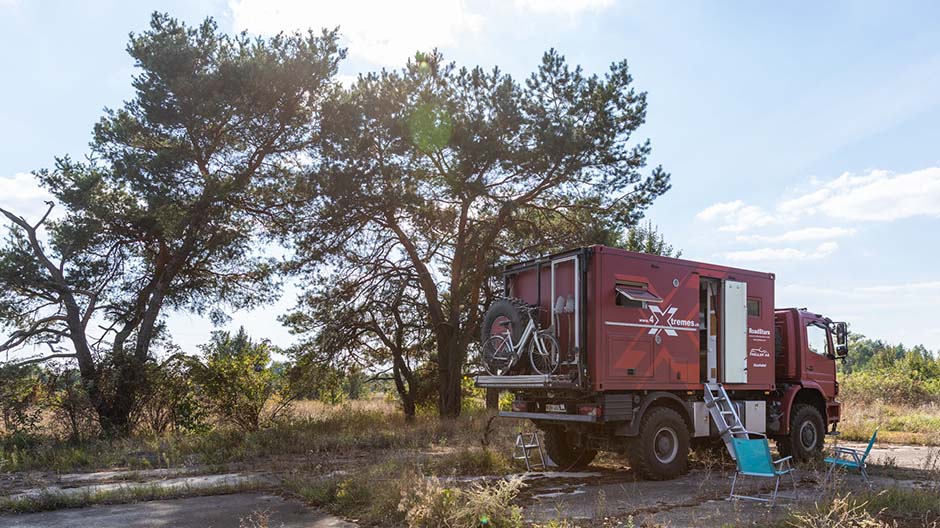
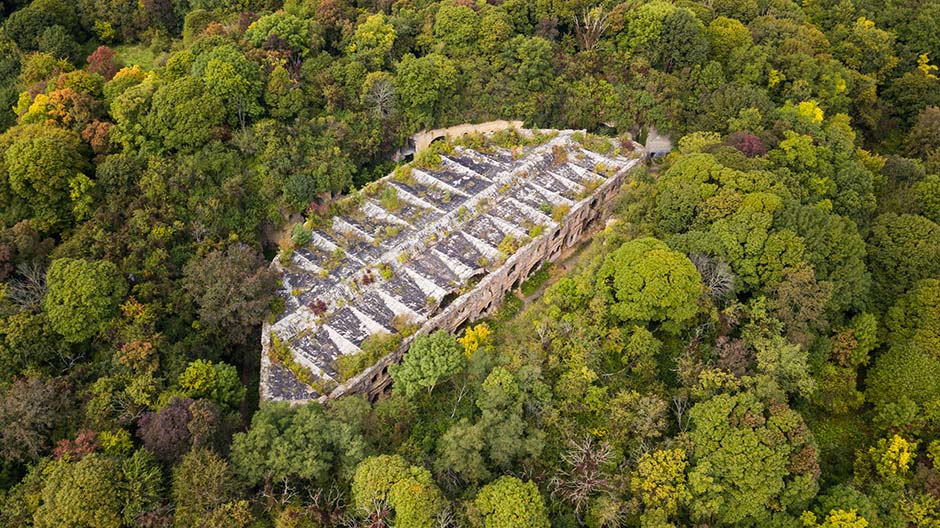
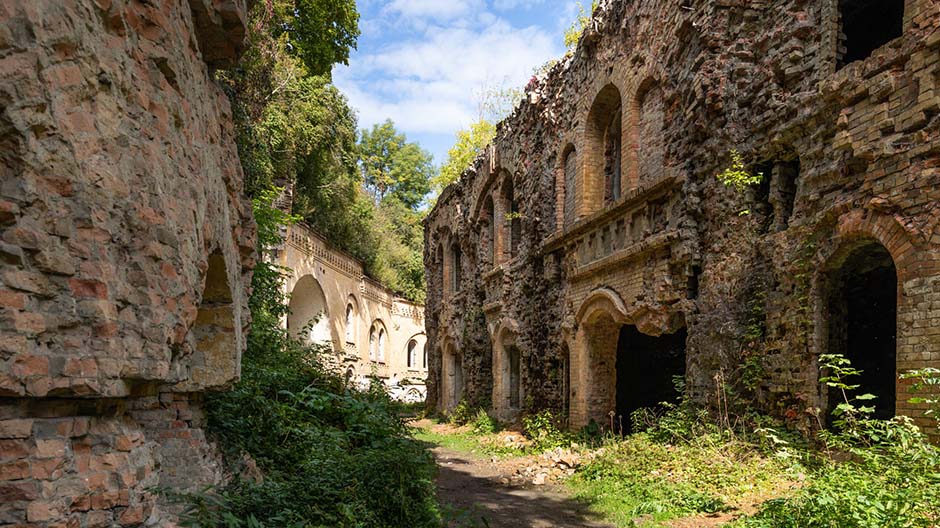
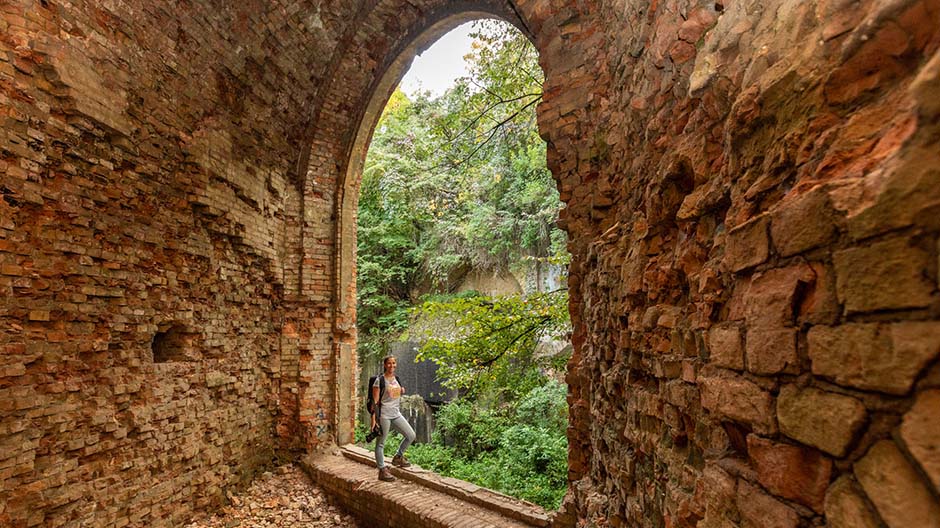
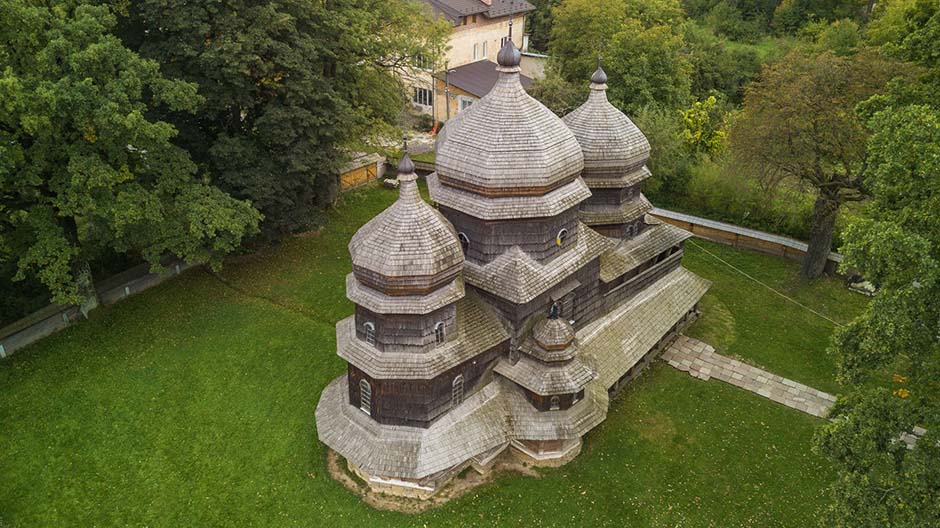
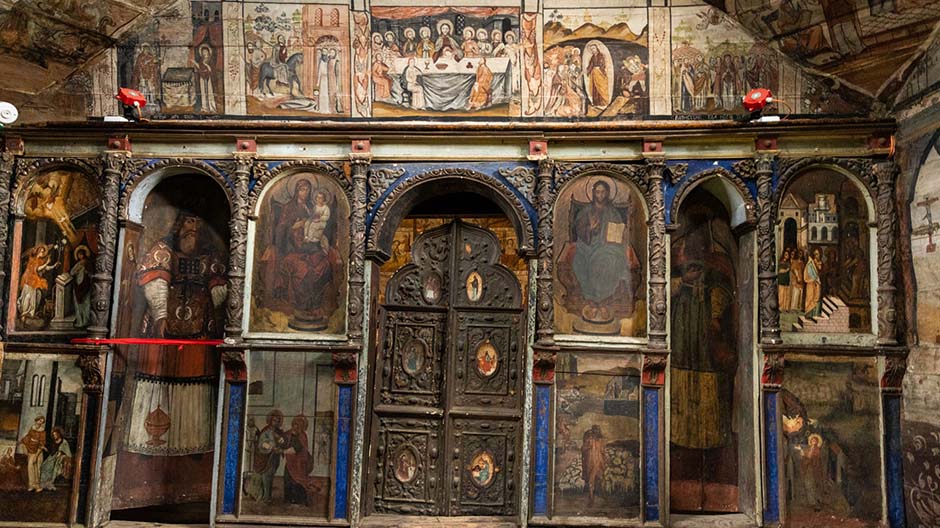
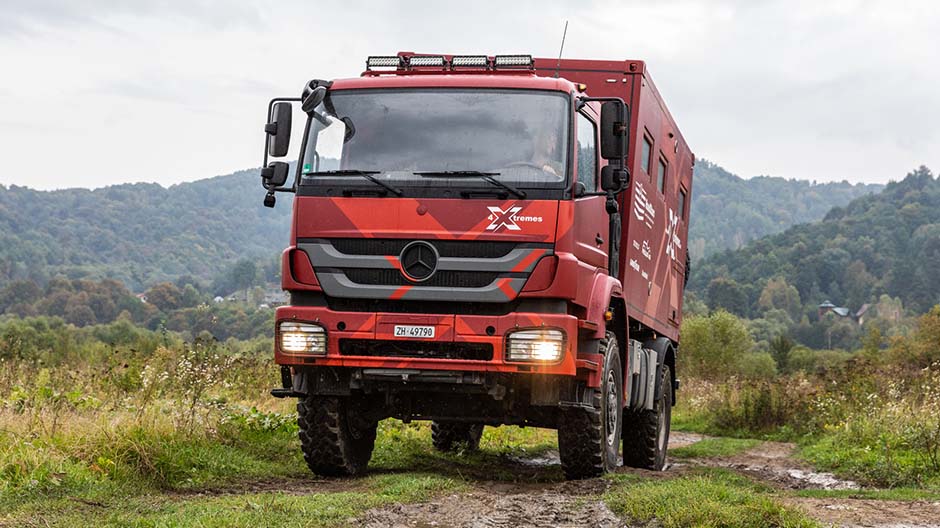
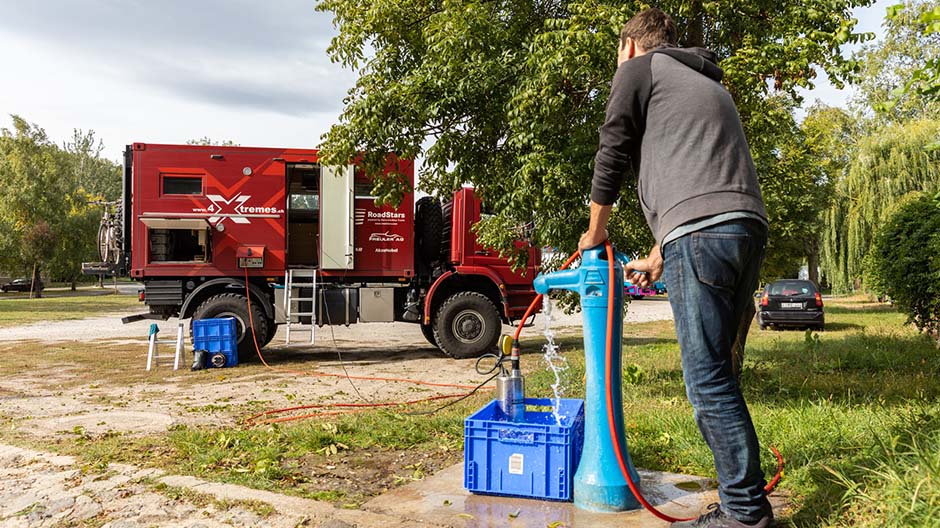
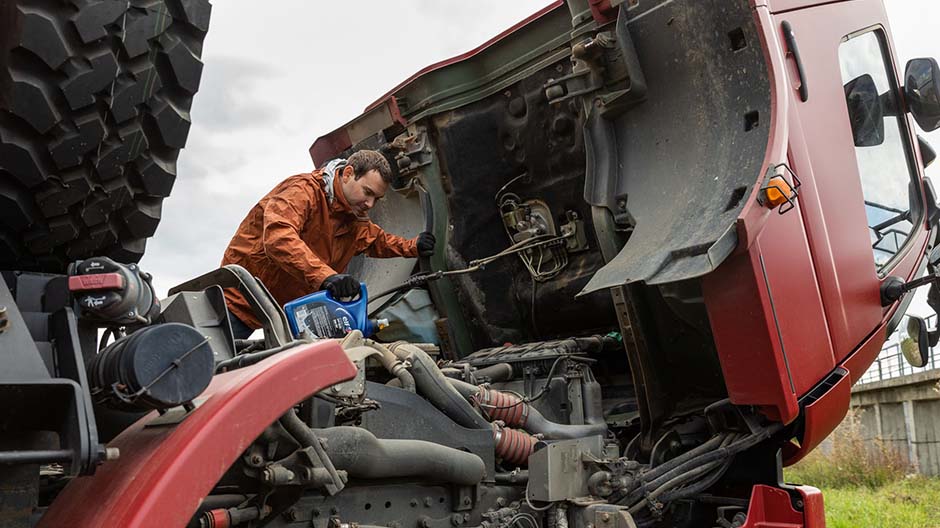
One of the most visit-worthy “lost places” that we have seen lies along this route: the Tarakaniv fort. It is more or less an entire military city from the First World War with living quarters and warehouses, a small church, a hospital and a morgue. The castle is equipped with more than 105 casemates which were designed for both military operations and for living. In the 1960s the Soviet Union used the facility to store tinned food, but due to the high level of damp it proved unusable. In the meantime nature is recapturing the abandoned complex and gives the ruins a very special and mysterious atmosphere. We use a torch to explore the labyrinth of underground passageways and the main building which is at the centre of an earth embankment.
Very worried about Aimée.
On the home straight to Hungary we stop one last time at St. George’s church which was built entirely out of wood in the 15th century. Just before the 30 days are up, we stay at a disused service area almost 30 kilometres away from the Hungarian border. When we wake up in the morning, we quickly notice that something is wrong with Aimée. She is hardly stirring and only moving her eyes. We soon realise that she must have had a severe epileptic fit during the night. We’ve known of the illness for about two years, but for quite a while now Aimée hasn’t had any problems. It’s a big shock! Thankfully we have her medication close at hand and we observe her for a while. As her condition stabilises, we decide to try and cross the border.
At the border we are obviously a bit of a challenge for the customs officers as they are not sure whether we count as a truck or passenger car. In the end they send us over to the trucks where the customs officers there are also completely at a loss because we have no cargo on board. After a bit of back and forth, they simply wave us through – and here we are in Hungary.
Although Aimée is now a lot better, our first destination is to an English-speaking vet. There our four-legged patient is given a few injections and new tablets. In Ukraine many kilometres have been added to the clock in order that we could complete our route in the given 30 days. We now realise that all three of us need a break. After a few days at a small lake we look to see where our journey will take us next.
4-Xtremes – The World Tour.
An unparalleled journey.
Andrea and Mike Kammermann have been on tour in their Axor for three years. "4-Xtremes – The World Tour" is the motto of the journey that the two Swiss nationals embarked on in mid-2020 and which they share with the RoadStars community. Keep up to date and don't miss out on any of the stunning destinations visited by the adventurous pair.
You can find the current parts from the “4-Xtremes – The World Tour” series here.
You can find the route of the trip before the crossing to South America here.
Photos: 4-Xtremes




Comment
Please log in to post a comment.
10 comments
Euer Bericht über die Atomraketenbasis zeigt, welch ein hohes Gut doch Frieden ist - und wie widersinnig die ganze Rüstung gleichzeitig ist.
Schön, daß es Aimée wieder besser geht! 👍
Wir wünschen euch 3 👫🐕 weiter alles Gute für die Reise und sind gespannt, wohin es als nächstes geht... 😎
Euer Bericht über die Atomraketenbasis zeigt, welch ein hohes Gut doch Frieden ist - und wie widersinnig die ganze Rüstung gleichzeitig ist.
Schön, daß es Aimée wieder besser geht! 👍
Wir wünschen euch 3 👫🐕 weiter alles Gute für die Reise und sind gespannt, wohin es als nächstes geht... 😎
Wir staunen auch immer was so alles erfunden und gebaut wird für das Militär. Wenn gleich viel Erfindungsgeist und Geld in positive Ideen investiert würden, gäbe es keine (oder viel weniger) Probleme auf der Welt.
Viele Grüsse aus dem kleinen roten Axor 😎
Wir staunen auch immer was so alles erfunden und gebaut wird für das Militär. Wenn gleich viel Erfindungsgeist und Geld in positive Ideen investiert würden, gäbe es keine (oder viel weniger) Probleme auf der Welt.
Viele Grüsse aus dem kleinen roten Axor 😎
Es freut mich das es Aime'e wieder besser geht.
Euch zweien noch eine schöne Tour.
👍👍👍👍👍⛟😎
Es freut mich das es Aime'e wieder besser geht.
Euch zweien noch eine schöne Tour.
👍👍👍👍👍⛟😎
Hopefully we will soon visit Russia with you too 😊
Hopefully we will soon visit Russia with you too 😊
We hope we can share our journey through Russia with you soon as well.
All the best from us 😊
We hope we can share our journey through Russia with you soon as well.
All the best from us 😊